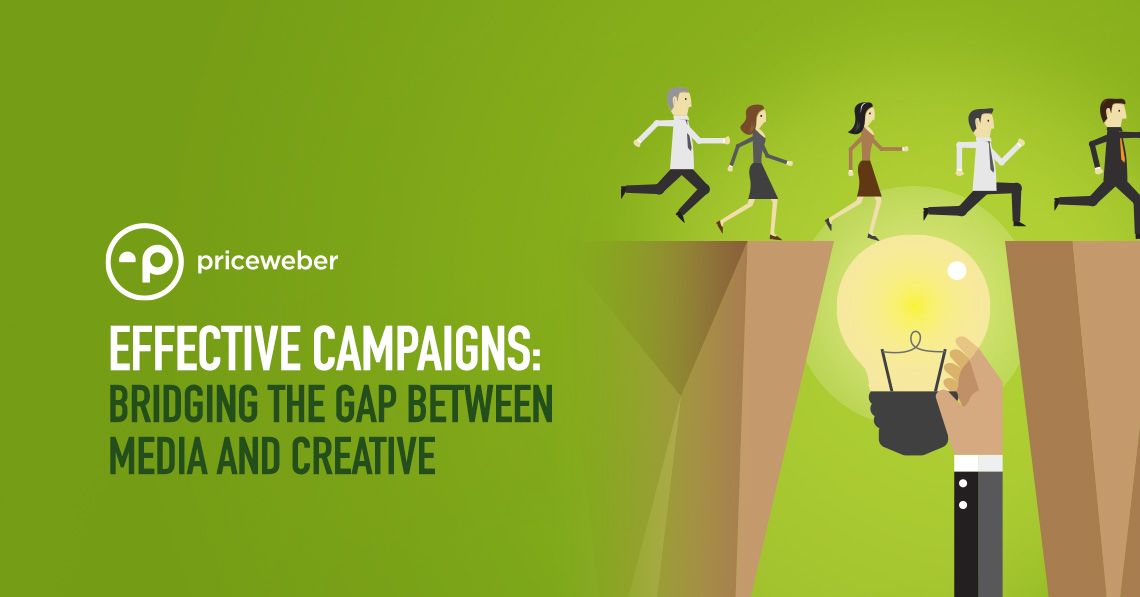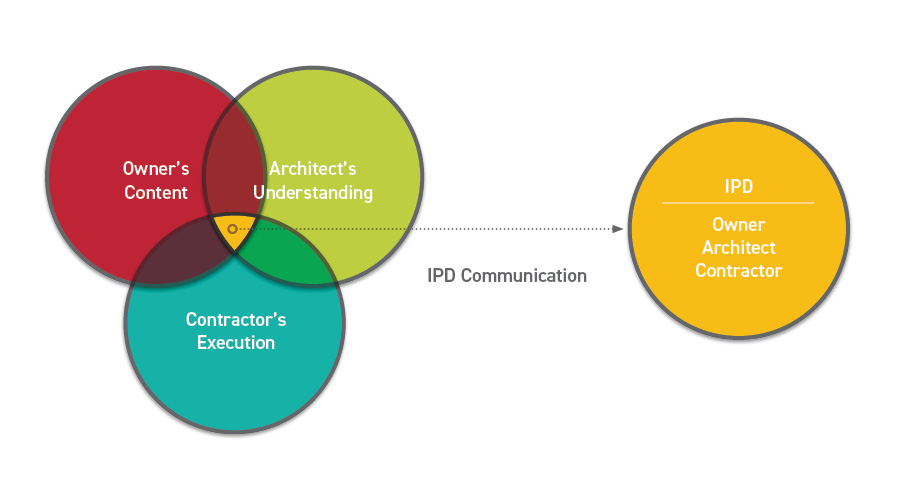So, you have the insights to drive your media plan and your messaging but are you really using media “right?” In this edition of Plain Talk, we’ll talk about how to ensure your creative content is made to work ideally with each medium in the plan to maximize the power of your campaign with effective marketing messages.
You know the old saying is that good media is about getting “the right message in front of the right person at the right time.” Our goal is to reach people who are most likely to take an action (like buy something) and serve them a message or messages that will be a catalyst to buying. The media plan is based on research and insights into how best to reach the intended target – Where do they spend their time? How do they use media? What? When? Why? etc., But building the media plan is just one step. It’s designed to reach the right person at the right time but messaging is a key component in whether any of that careful planning will actually work.
There is a well-known saying by Marshall McLuhan, where he coined the phrase “The Medium Is The Message.” What he meant by this is that the medium impacts and influences how a message is perceived. How you present a message – the media and vehicles you use to communicate that selling proposition – impacts how a potential target will view the content of that message and will determine if you are ultimately successful in selling your product or service.
Too often, the messaging discussion happens in a vacuum without consideration of how the content will be presented to the potential target. It’s understandable why this happens – often, clients are moving quickly to get a media plan pulled together and get the message into the market, so the media plan and the creative concepting is happening simultaneously. This may even be the preferred approach for some – it’s efficient and means less delay in getting a campaign to market. But what you gain in efficiency may be lost in effectiveness if you aren’t careful. While it’s certainly efficient to travel down these parallel paths simultaneously if the left hand is unaware of what the right hand is doing, it means an uncoordinated marketing effort at best and failure to meet your goals at worst.
So what can you do to bridge the gap between media and messaging? Here are five do’s and don’ts to keep in mind.
1. DO: Bridge the Gap
The creative team should see the media brief, and the media team should see the creative brief. In fact, an integrated brief with a lot of strategic inputs and insights around the target audience would serve both teams well. These two teams should talk often about what insights are sticking out and brainstorm how they can use those insights across the board.
2. DON’T: Use the Same Execution across every media vehicle.
What works on TV does not work on outdoor. What works in print does not work in digital. Messages should always be complementary and work within an overall concept or theme, but they should also be able to stand on their own. They have to account for the placement space and the environment in which the user will see the ad. If you know that you want to run outdoor, is it directional or general awareness? Does the location of the board matter, or does the size or capabilities of the board matter more?
3. DON’T: Treat All Media Vehicles As Equal
A good media plan has a layered approach to reach people where they are, when they are using media, at potentially various stages in the funnel. Some people may have never heard of you, and some may be about ready to make a purchase decision. Some media is meant to do the heavy lifting, while other tactics (like a digital banner ad or an outdoor board) are designed to catch attention with smaller reminders.
4. DO: Consider and Outline a Plan for Each Key Audience Segment
Many times, clients have a broad target (like in the case of insurance or banking). Technically, anyone 18+ could be your target. But there are segments within that – there are the newly independent (18–24-year-olds entering the workplace) or nearly retired, and those audiences will be motivated by different messages. Obviously, it’s great to customize and personalize ads when able (particularly on digital, where you can target much more narrowly), but even within traditional media, you can customize creative based on the most likely audience segment. If promoting mortgages, perhaps you push a First Time home buyer message on OTT (which skews younger) and a Dream Home message on older-skewing cable networks.
5. DO: Leave Some Room in the Media Plan for Opportunistic Placements
Good ideas can come from anywhere. While we want to bridge the gap and integrate media and creative on the front end, sometimes a good idea (from the creative team) or a good opportunity (i.e., new sponsorship or cheap space options) pop up when you least expect it. Keep a small portion of your dollars available to put towards a unique creative execution, a new competitive insight, an unexpected sponsorship tie-in, etc.
Some Great Ad Campaign Examples:
So what does it look like when your teams bridge the gap and message and media are in synch? Here are a few of our favorite campaigns that demonstrate that balance:
Liberty Mutual – The Optional Ad
When I first heard this 2022 ad, I was giddy. Liberty Mutual has been working hard over the past several years to reach its target, which is realistically anyone who needs insurance. They’ve adjusted their creative and media mix over the years to ensure they are reaching a younger audience with fun and fresh creative in places where they are most likely to interact with media. What I love about this ad is how they used multiple media insights to develop a message that catches your attention and acknowledges what the target might be thinking.
1. They knew their target audience is listening to streaming audio, specifically on Spotify.
2. They also knew that the majority of people listening to streaming audio are doing it on the go, often with earphones in.
3. They also knew that while people may complain about hearing ads, the majority still weren’t paying for an ad-free experience.
4. They also noticed there was a trend with music and sounds that play with right and left sound outputs (see any TikTok video that mentions neurodivergence, and you’ll probably stumble upon an example of this).
Using these media insights, they tackled them head-on with their creative. In the spot, they offer the user an opportunity to “skip the ad” and get back to music instead. How? By removing the left earbud. What happens with the left earbud, you may ask? On the left side, you’ll hear their message about how you can save money with Liberty Mutual. On the right side, you’ll hear a catchy jingle about how you must hate saving money. Regardless of what the user does (keeps both headphones in, removes one, etc.), they will get this message, and they’ll probably laugh as they hear it. It is memorable and clever, so while it may not convert you on the spot, it does its job to build awareness and generate interest.
Pantene Pro-V HairCast
This 2014 campaign has been one of my long-time favorites, and I often use it as an example of weather-triggered targeting done right. Pantene Pro-V, an expert in affordable haircare products, knew that a common complaint around hair had to do with the weather – if it’s raining, you know your hair may turn into a puffball. If it’s hot out, your hair may be more dry or brittle. They have literally built product lines around volumizing shampoos, smoothing shampoos, repair conditioners, etc. In this case, the business insight was already there, and the messaging was already communicating the benefits of their products and how they helped with common hair complaints. They could’ve continued to do TV or outdoor, but they worked with The Weather Channel to create a unique execution that capitalized on these insights. By creating a “HairCast” they were able to more specifically speak to the weather in specific geographies and tie that to recommended products that would solve hair problems in those weather conditions. So, if it was 95 degrees in Washington, D.C., they could promote a product to end dryness or frizziness. As a result, they increased sales by 24% because the messaging and the media plan worked together from the same insight and found a way to creatively demonstrate the product benefits in a way that a billboard ad just couldn’t deliver.
IBM – Smarter Ideas for Smarter Cities
How do you promote the tagline, “Smarter Ideas for Smarter Cities”? By showing some of those “smarter ideas.” The 2013 campaign was for the “People 4 Smarter Cities” program, which had the goal of providing a platform for the spread of smart ideas. The aim was to create an easier and more efficient way for city leaders to hear the creative solutions that citizens and other cities had to the various problems of running a metropolis. IBM knew they wanted to create a buzz and build some excitement and influence with the general market. They could have just purchased some billboards that reached the most eyeballs and slapped their message on them, but that wouldn’t have been nearly as impactful as this integrated approach. By using their outdoor plan to illustrate some “smart ideas,” they were able to make a more memorable ad that definitely generated more favorable feedback.
More Planning = Better Doing
Albert Einstein once said, “If I had an hour to solve a problem, I’d spend 55 minutes thinking about the problem and 5 minutes thinking about solutions.” This thinking is prevalent in Integrated Project Delivery (IPD), which is being applied to many industries, including product design and architecture. The concept is to bring all of the down-channel parties into the planning process so that the product is designed with a full expectation of execution. In the construction world, this means putting the architect and builder on a single contract. If this methodology were formally applied to advertising, we’d see more campaigns like the above examples, where it’s clear the media planners were brought into the creative rooms and vice versa.
Want to discuss the above campaigns or underlying philosophies in more detail? Drop us a note or call us at 502-499-4209. Like what you read today? If you’re not already a subscriber to our Plain Talk newsletter, you can subscribe below.





